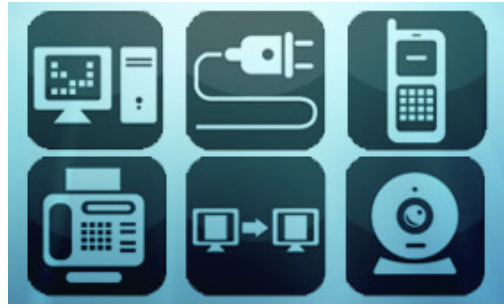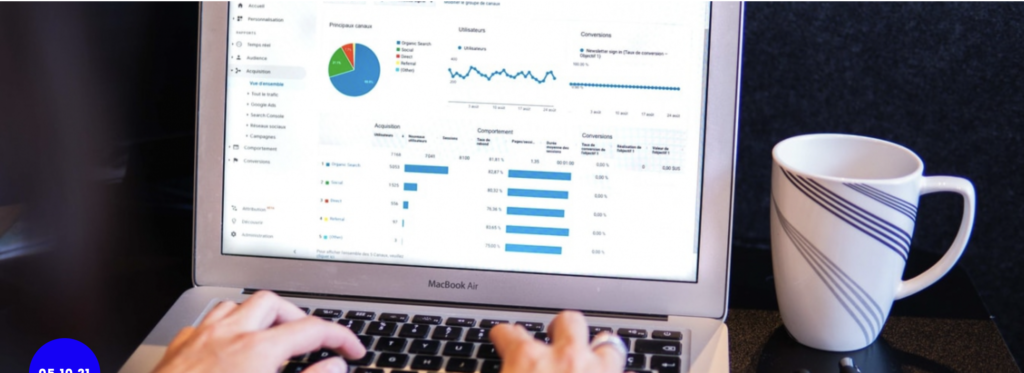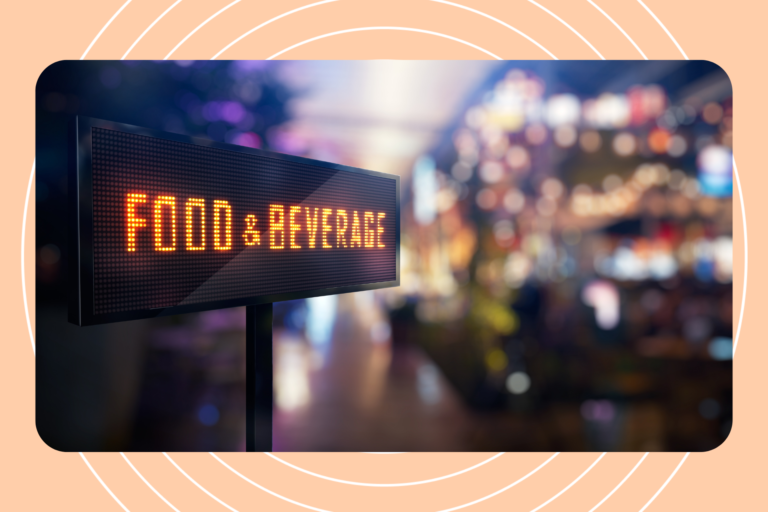By “Charlotte Leung, Contributor” on May 10, 2023
Instantaneous Reach Across Borders
Digital communication has dramatically increased the speed and reach of PR activities. Information can be distributed at lightning speed to a global audience, broadening the scope of PR like never before. A company’s updates, news or a crisis can go viral in seconds, highlighting the need for PR professionals to be adept at managing communication in a fast-paced digital ecosystem. This has broadened the scope of PR, allowing organizations to reach and interact with a much larger and more diverse audience than was previously possible.
In the digital era, PR messages can be disseminated instantly and PR professionals have to be prepared to respond quickly to emerging situations. With the ability for businesses to share timely information, whether it’s a product launch, a response to a crisis or a company update, PR professionals reach audiences around the world. This global reach has expanded the potential audience for PR messages, opening new markets and opportunities. However, it also necessitates a more nuanced understanding of diverse cultures, languages and customs to ensure that messages are effectively communicated across different regions. This brings increased competition for people’s attention to create compelling, engaging content to stand out in a crowded digital landscape. With 24/7 Communication, the internet never sleeps. This can be beneficial in managing crises that occur outside traditional business hours, but it also means PR professionals may need to be on call at all times to address potential issues. Alongside the speed and reach of digital communication that enables direct interaction with audiences, companies can get immediate feedback on their PR efforts, allowing for real-time adjustments and a more responsive approach to public relations. This dynamic, immediate and challenging change requires PR professionals to navigate the fast-paced environment strategically to effectively manage their company’s reputation and public image.
The Rise of Social Media
Social media has significantly influenced the PR landscape. Platforms such as Twitter, Facebook and Instagram have become key conduits for companies to manage their reputation, interact with audiences and shape their brand image. Social media management is crucial to monitor and engaging with users in getting direct feedback from consumers, managing crises more effectively and building relationships with the creation of opportunities and challenges.
Social media platforms facilitate direct and immediate interaction between organizations and their audiences to engage in real-time dialogue with consumers, respond to their queries, address their concerns, foster stronger relationships and improve customer satisfaction. This is a space where companies can control their narratives, build their brands and manage their reputations. Regular updates and thought leadership content can contribute to a positive brand image while negative comments or reviews can harm a company’s reputation. Furthermore, social media platforms can offer valuable data on audience behaviour, preferences and sentiments. PR professionals can use these insights to tailor their communication strategies, ensuring they resonate with their target audience. This can amplify the reach of PR campaigns exponentially to go viral on social media, reaching audiences far beyond a company’s immediate followers. Furthermore, collaborating with influencers can help companies reach specific demographics, increase brand awareness and boost credibility. Collaborations with influencers can help companies reach specific audience demographics and amplify their brand awareness in authentic and engaging ways. These are cost-effective ways to reach large audiences, making them particularly valuable for smaller businesses with limited PR budgets. With the rise of social media and changing PR landscape, PR professionals need to develop new skills and strategies to be proactive and responsive in the digital age.
A Data-Driven Approach
Digital communication allows PR professionals to track and analyze data related to their campaigns in real-time to inform strategy, measure success and make decisions. This could include the number of views, likes, shares, comments and overall engagement levels to measure the success of a PR campaign and make data-driven decisions to improve future efforts.
With data, PR professionals can make strategic decisions based on concrete evidence rather than assumptions. For instance, data can reveal what kind of content resonates with the audience and the best time to post. PR professionals can measure the success of their campaigns quantitatively through key performance indicators (KPIs) like reach, engagement, click-through rates, and conversions to evaluate the effectiveness of a campaign and calculate its return on investment (ROI). Deep insights into audience behaviour, preferences and sentiment can be used to tailor PR campaigns to better resonate with the target audience along with real-time adjustments. Advanced data analysis can help manage PR crises by detecting negative sentiment or increased activity around a certain topic, allowing PR professionals to intervene promptly and manage the situation. It can also create personalized PR strategies for higher engagement and loyalty and even keep an eye on its competitors, understand what they are doing well and identify opportunities for differentiation. In the age of digital communication, the data-driven approach has become a cornerstone of effective PR. It allows for more targeted, effective and measurable PR strategies, resulting in better outcomes and higher ROI. However, it also requires PR professionals to develop new skills in data analysis and interpretation.
From Monologue to Dialogue
Digital communication has transformed PR with a paradigm shift from a one-way broadcast into a dynamic, two-way conversation. Audiences can now respond to, interact with and even influence the narrative, resulting in the need for PR professionals to be more responsive and listen to their audiences with engagement.
Two-way communication via digital platforms enables organizations to engage directly with their audience. This interaction can foster a stronger connection between the company and its audience, leading to increased brand loyalty and customer satisfaction. With the space for customers to voice their opinions, concerns or experiences with a brand, PR professionals can view it as real-time insights into public sentiment and inform strategic decisions. This allows for faster and more effective crisis management for companies to respond to negative comments or situations, clear up misunderstandings and demonstrate their commitment to resolving issues quickly. This open dialogue shows transparency and builds trust with audiences to earn respect and credibility with precise audience segmentation. Customers can be turned into potential brand advocates when they feel heard and valued. To maintain a reputation and build meaningful relationships with the audience, digital conversations such as negative comments or misinformation need to be addressed promptly and have to be authentic and consistent.
The Age of Content Creation and SEO
The digital world is fueled by content. PR professionals are now more than just communicators; they’re content creators crafting blogs, videos, podcasts, and more. Moreover, SEO (Search Engine Optimization) has become a critical tool in the PR professional’s toolbox, ensuring that their content is easily discoverable and reaches the right audience.
Content Creation
With the advent of blogs, podcasts, videos, and social media posts, PR professionals now have a variety of platforms to tell their brand’s story more engagingly and creatively. This helps to foster a deeper connection with the audience and effectively communicate the brand’s values and mission. When high-quality content is used wisely, it can establish a company as a thought leader in its industry, enhance the brand’s reputation and build trust and credibility with its audience. Publishing positive and impactful stories and adding interactive content can shape public perception and manage their reputation more effectively for higher engagement rates and stronger relationships.
Search Engine Optimization (SEO)
SEO helps to ensure that the content is easily discoverable by search engines in increasing its visibility to the target audience and extending the reach of PR campaigns. By optimizing content with relevant keywords, companies can attract more organic traffic to their websites and increase brand awareness. Credibility and trust are given to websites that rank high in search results to enhance the company’s reputation and make its PR efforts more effective. SEO is therefore important to provide a competitive edge in the crowded digital landscape. Apart from keywords, user experience on a website need to be improved to leave a good impression of the brand and contribute to its PR success. In the age of content creation and SEO, PR professionals need to be skilled storytellers, strategic thinkers and tech-savvy marketers to create engaging and SEO-friendly content not only resonates with the audience but also stands out in the digital landscape.
Crisis Management in the Digital Age
In the age of digital communication, news—especially bad news—spreads quickly. This makes it crucial for PR professionals to monitor digital channels closely and respond to crises swiftly and effectively to protect the company’s reputation. Effective digital crisis management can protect a company’s reputation when it matters most. With unprecedented speed, PR professionals have to respond to a crisis swiftly to control the narrative before it escalates. Delayed responses can lead to the spread of misinformation and can harm a brand’s reputation. The use of social media listening tools and analytics allows PR professionals to monitor digital channels for signs of a potential crisis with the identification of negative sentiments or mentions. Digital platforms are there for companies to communicate directly with their audiences during a crisis and issue immediate updates, responses or clarification.
After a crisis, digital data can be used to analyze the effectiveness of the response strategy to provide valuable insights for improving future crisis management plans. A company’s image post-crisis can also be restored by sharing positive stories, demonstrating remedial actions and engaging with the audience to rebuild trust and credibility. PR professionals need to be well-versed in digital communication, proactive in monitoring potential issues and prepared to handle crises effectively when they occur. They also need to be adept at navigating the 24/7 news cycle and managing the immediacy and unpredictability of social media.
In summary, digital communication has significantly transformed the PR landscape, presenting both new opportunities and challenges. PR professionals must now be adept at navigating the digital world, understanding its nuances, and harnessing its power to effectively manage the image and reputation of their organizations.






